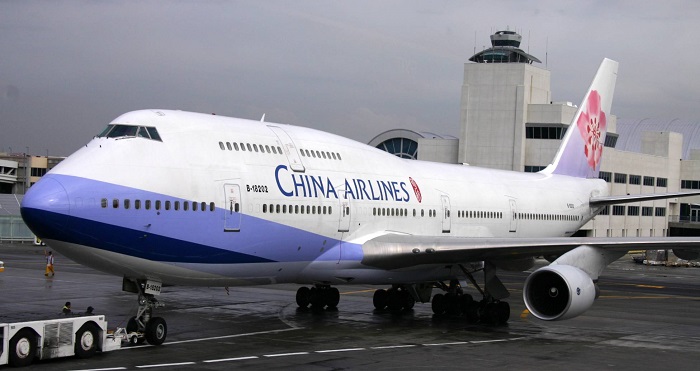The Taoyuan Pilot Union led a strike on February 8th against China Airlines (CAL). The strike lasted eight days, with pilots demanding better working conditions and labor rights. The action marks the very first pilot strike in Taiwan’s history.
Like the flight attendant strike of 2016, China Airlines was again accused by its pilots of violating their work rights and neglecting the fatigue caused by excessive amount of work. With 97% of union members supporting the boycott, the union finally took action. The strike was planned for last year. However, thanks to government mediation the union agreed to sign a deal and negotiate with the airline, which obviously hasn’t worked out.
Why strike?
The most controversial issue throughout the collective bargaining process was whether to increase the number of pilots assigned on long distance trips; weary pilots could mean putting lives of passengers at risk. Resulting from different interpretations of working hours, duty period and times on flight, pilots often face extra working hours without being taken into account.
After many rounds of negotiation, the airline agreed to allocate more pilots on flights which last over eight hours. However, working hours would still being calculated in flight hours.
Behind the apparent victory for the pilot’s union, like many other rallies in history, the union had to dial down many of its demands to reach a compromise. Requests like a pay raise and excluding unreliable managers were left for “further discussion”. With reality pressing on their shoulders, these workers couldn’t afford a lasting protest.
Public response
The public had doubts about the intentions of the union. Pilots, who are regarded as highly paid professionals, should be satisfied with their high compensation. Also, with the protest held during the end of the new year break, millions of passengers who were looking to return to work were impacted and customer tolerance decreased as the protest continued.
Some commentators called for pilots to accept unreasonable working conditions.The strike indeed disrupted many schedules and sparked anger among passengers. However, if the protest hadn’t drawn attention from the public, the strike may have been neglected by the airlines and all pilots would remain working under less than ideal circumstances.
Consequences
Many labor strikes in Taiwan history have ended without achieving their primary goals; even if the action is successful, workers have often found themselves being punished by the company when they return to work. It remains to be seen if pilots will also face retaliation.
While society celebrates the end of the protest, airlines could now be working on a plan to avoid fulfilling their promise.
For instance, after the China Airlines flight attendant strike in 2016, many high ranking flight crew claimed that the company not only failed to fix its problems, they even pressured union members and looked for excuses to discredit the performance of these employees.
Lessons
Taiwan’s society lacks persistence when urging those with authority to fulfill the demands of the people, which allows them to make promises simply to get the problem out of public attention and then ignore it later on.
Instead of treating those who were pursuing their rights as trouble and blaming them for being unsatisfied with their lives, the public must learn to look into the reasons that brought these people onto the streets.
Understanding the problems others face and keeping track of the issues could help solve these crises. Furthermore, improving this situation would mean your wonderful journey would not have to be disrupted.





0 Comments